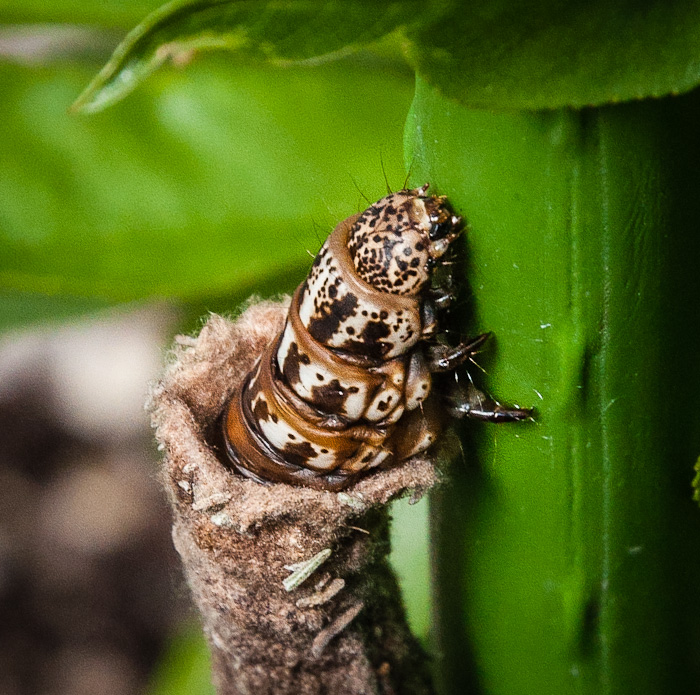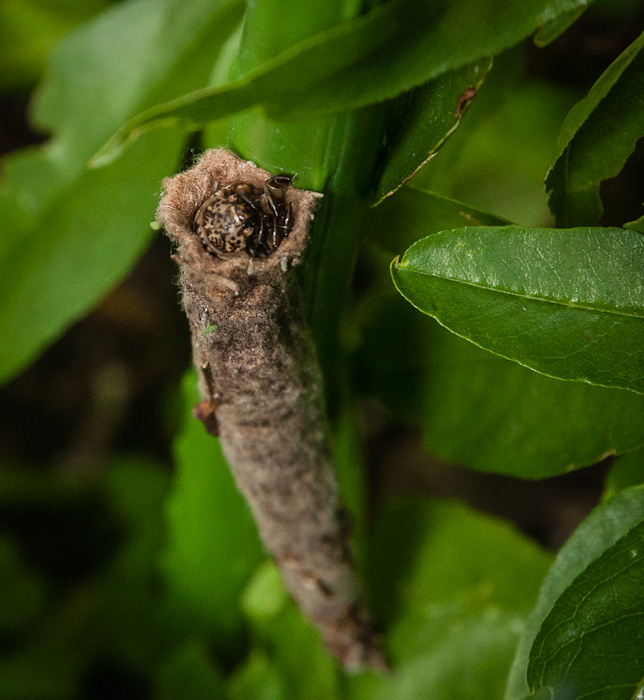Sighted in their "natural" habitat - outdoor seating for the rose garden cafe, shaded by a grape-vine covered pergola. There they are, hungry and ready for action...

Sparrows! Actually house sparrows - there are hedge sparrows too.

Likened to the Norwegian rat and the house mouse - hitching a ride with human migration - they seem to be everywhere. One local cafe, asking people not to feed them, calls sparrows "rats with wings!"
But despite their pestiferous qualities they are also cute and engaging and, like ducks, are fed quite a bit of bread by children playing here in the rose gardens in the Wellington Botanic Garden.
Bright eyed and quick moving, these little dinosaur descendants are also ready to take any unguarded food.
Incoming sparrow, wings aloft!

Butter - a fast way to get that winter weight on.

I have only recently learned the history of the house sparrow in New Zealand - there are differing accounts, but the gist is that a small number were deliberately introduced to help control agricultural pests. It's the usual story - a small number arrived, they were wildly successful - but not as agents to control pests, more a pest themselves, eating fewer of the insects and caterpillars and more of the grains that were being grown. Within 20 years futile sparrow-elimination efforts were underway. Sigh.

And these young sparrows just wanted you to know that they are actually as clean as can be - fluffed up and grooming while perching on the cafe chairs, a brief interlude in the constant search for food.





















